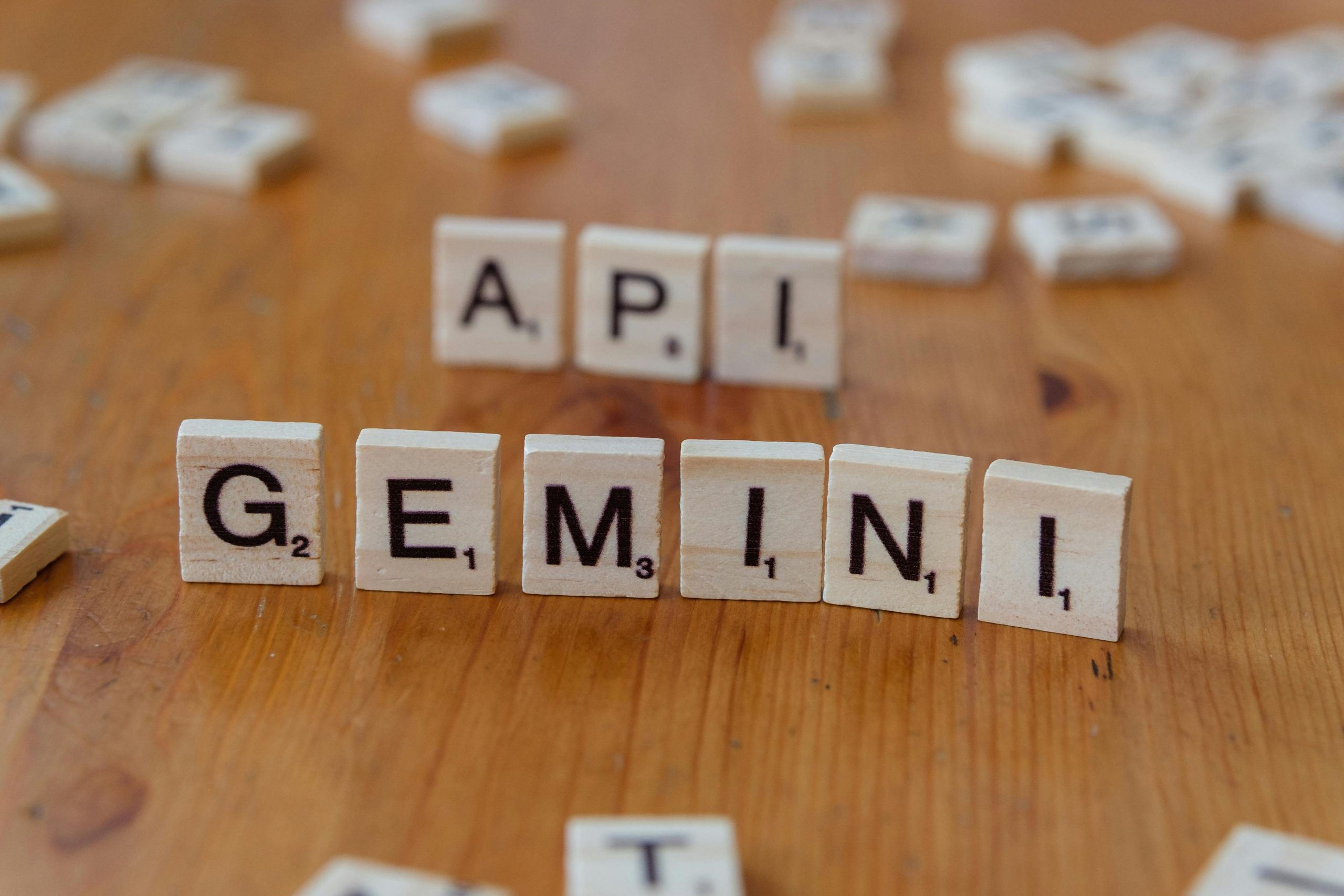Fixing AI bugs before they happen: a semantic firewall for gemini
Proactively Preventing AI Failures: Introducing a Semantic Firewall for Gemini
In the rapidly evolving landscape of AI-powered chat systems, maintaining stability and accuracy remains a significant challenge. Traditionally, many stacks address issues only after a model generates an answer—via reranking, regex filtering, or tool calls—often leading to recurring bugs that adapt in new forms. To tackle this problem more effectively, a novel approach called the semantic firewall flips the conventional sequence. Instead of post-hoc corrections, it scrutinizes the meaning state before the model responds, ensuring only stable query conditions produce output. This article introduces the concept, provides practical implementation guidance, and illustrates how you can apply it to Gemini in just a minute.
What Is a Semantic Firewall?
Most AI workflows patch issues after a model produces an answer. For example, after generating a response, systems might rerank options, filter content, or invoke additional tools. Unfortunately, this reactive approach often allows bugs to reappear in new disguises—what’s known as a semantic loophole.
A semantic firewall adopts a proactive stance: it inspects the meaning state—the semantic stability and grounding—before a response is generated. If the information, reasoning, or evidence is deemed unstable or insufficient, the firewall loops, narrows the context, or resets the interaction until the model reaches a stable, well-grounded state. Only then does it permit the model to speak. Once a particular failure class is identified, the firewall maintains fixed rules to prevent recurrence.
Comparing Before and After: A One-Minute Perspective
Traditional Approach:
– Generate output first
– Patch later, often complex and limited in stability
Semantic Firewall Approach:
– Check retrieval, planning, and memory first
– If unstable, loop or reset until conditions improve
– Only then produce the answer with supporting citations
This shift not only reduces instability but also consolidates failure fixes into a single, effective step.
Implementation Targets and Quality Metrics
To gauge the effectiveness of the semantic firewall, the following targets are recommended:
- Drift Clamp (ΔS): Ensure the semantic drift is limited to 0.45 or less.
- Grounding Coverage: Achieve at least 70% coverage of evidence supporting the answer.
- Risk Trend (Hazard λ): Confirm hazard levels are convergent, indicating decreasing risk over iterations.
If any of these probes














Post Comment